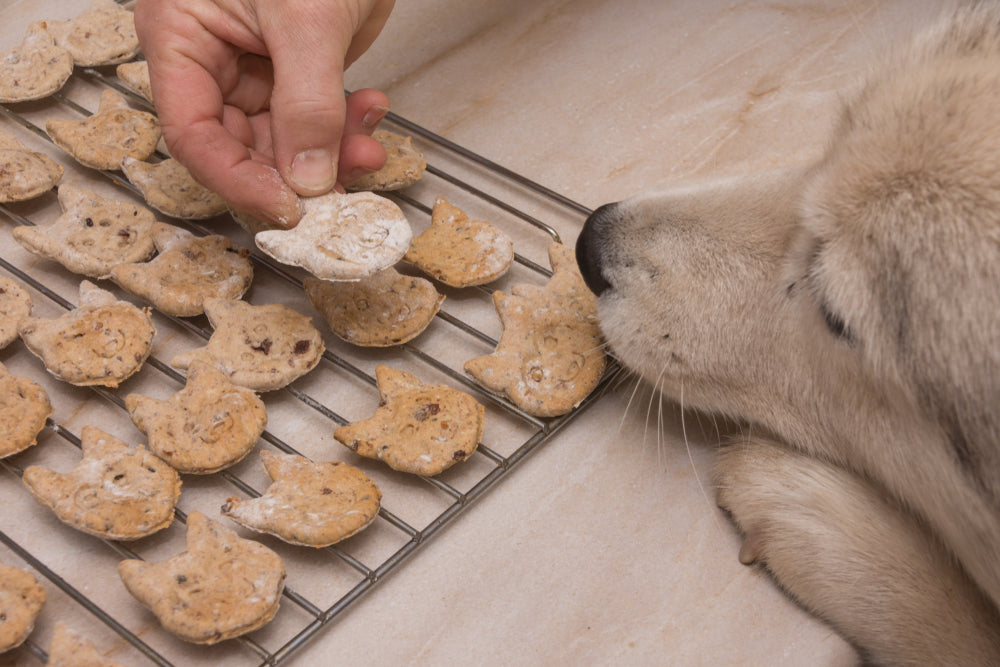Starting Off… Getting Your Pet Comfortable with Separation

Training Your Pet to be Comfortable Around Others
If you want your animal to be comfortable around others, make sure that you prioritize this training as early on as possible. It is important your pet gets used to the presence of new people quickly, especially if you want them to go out in public with you.
If you have a dog and are introducing them to new people in your home, I suggest following these helpful steps from care.com: 11 tips for how to introduce dogs to new people and other dogs. Start off with your dog in a confined space until your guests are settled in, then let your dog lead the introduction.
Your pet may have a certain disposition to certain people. I recently had a friend with a new doggo that particularly disliked men compared to women, so they took extra care socializing their pup with males. That same pooch also didn’t seem to like hats, so they worked to make the dog more comfortable by having their friends remove their caps prior to introductions.
Keeping these dispositions in mind can help you take precautions for bringing people into you and your pet’s space. It can also be helpful to make sure your pet has their own space they can access in a more secluded area in case they feel overwhelmed.

Training Your Pet for Your Travel
If your pet is going to have heightened alone time during your travel, it is important to build them up to this isolation as previously discussed. If you are traveling, make sure you consider your pet sitting options.
I think it is ideal for your pet to stay in their same space if possible and have their care come to them. This allows your pet to have the comfort of their surroundings with the addition of a person to their space. If you are having a family member, friend, or someone for hire watch your pet, make sure you provide a neutral introduction opportunity if possible!
If you are taking your pet to another space for their care during your absence, help out how you can to get them acclimated. If your pet is going to spend time in a crate, make sure they are used to this. If possible, provide familiar goods like their bed, toys, or blankets to accompany their stay elsewhere to help them feel at home.
Training Your Pet for Their Travel
If you are hoping to travel with your pet, here are some things to keep in mind. Firstly, make sure your pet gets acclimated quickly to new spaces if you will be exposing them to an abundance of novel places. Make sure you feel good about their introduction to strangers as mentioned in training your pet to be comfortable around others.
Just like training your pet for your travel, make sure they get used to these circumstances before your travel. If you will be spending a prolonged period in a car, make sure your pet is used to this trip. If you are looking to travel via plane with a pup, check out this piece: How to Prepare Your Dog For Air Travel.
In Closing…
Your travel and social life doesn’t need to be halted just because you are a pet parent. It is important that this is a part of your training early on though. So, whether you are a parent of a new or familiar pet, take a moment to consider your socialization and travel routine. Taking a moment to make a plan of action can help you and your furry friend get used to new people, places, and experiences.






